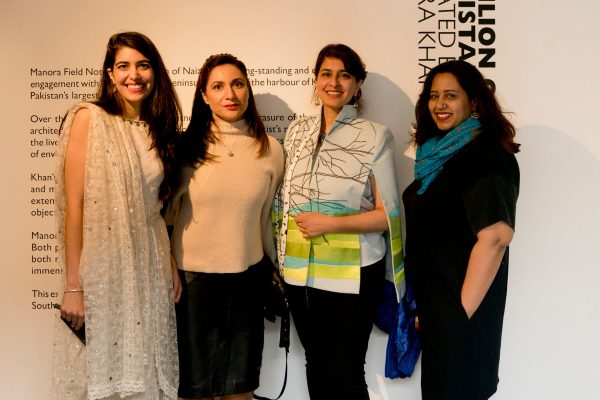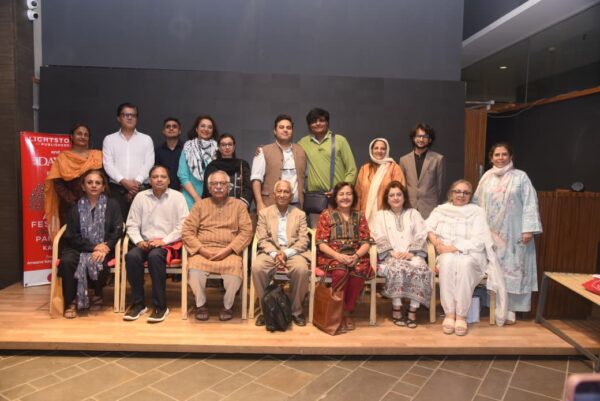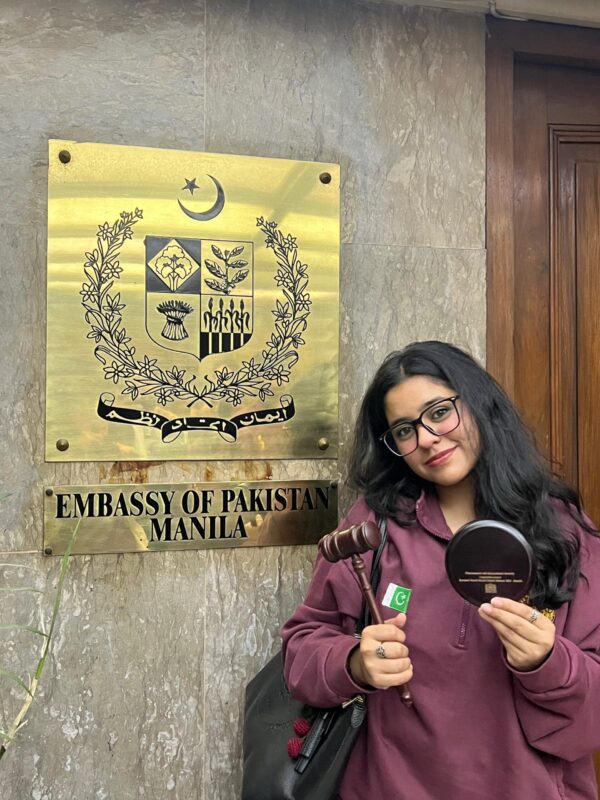
The Pakistan National Council of the Arts (PNCA) and Foundation Art Divvy are delighted to present Manora Field Notes, Zahra Khan, creative head of Foundation Art Divvy, is curating the pavilion, the first to officially represent Pakistan at the International Art Exhibition of La Biennale di Venezia. The artist Naiza Khan has been selected to present her work as part of the installation. Another first – this is a show brought to Venice and conceived by a team of women. The director of Art Divvy – Asma Rashid, curator – Zahra Khan and artist – Naiza Khan.

Manora Field Notes will immerse the viewer in life upon Manora Island, part of a small archipelago off the harbour of Karachi. Responding to the overarching theme of the 58th International Art Exhibition of La Biennale di Venezia May You Live in Interesting Times, curator Zahra Khan explains: “there are few countries which have experienced the upheaval which Pakistan has in recent times. This, along with a significant number of art schools and a long cultural history has fostered a vibrant and diverse arts scene. Artists speak clearly and powerfully about issues of Identity, migration, violence, community, and of course contemporary issues like climate change. We chose Naiza’swork partly because it also allows for an insight into the mundane – set against the backdrop of an island with a long history, tiny and yet a microcosm in many ways of Pakistan today.”

Over the last decade, the artist has traversedManora on foot, documenting its material culture, public and social spaces and maritime past, and witnessing the slow erasure of the island’s history and natural ecology. The artist’s prolific archive of images, objects and observations engage with multiple bodies of knowledge – historic myths, conversations with local communities and architectural phenomena such as ruins and construction sites – creating an archive of lived experience which reflects shifts in the landscape.

The Pavilion of Pakistan will unfold across three interconnected spaces, encouraging visitors to explore the venue like a ‘map’ of Manora Island. Central to the installation are archival materials relating to surveillance and navigation, found by Khan in the island’s abandoned 19th-century observatory. These include the 1939 India Weather Review, a record of weather reports from across British India, which will form the basis of a sound piece and a series of cast brass objects.Manora Field Notes will also include a multi-screen video installation, created using ten years of footage shot on the island, bringing together contrasting landscapes, viewpoints and narratives.

“Pakistan’s presentation encourages the view of the artist as a lens through which the public can see the world, offering viewers a glimpse of the sights and sounds of daily life upon Manora Island”, shares Zahra. This is reflected in the installation’s use of telescope imagery, inspired by the vintage telescopes set up on Manora beach for tourists, which embody ideas of shifting perception. Like Manora Island, thepavilion will be an observation point from which to view similar transformations across the developing world.

Asma Rashid, Director of Art Divvy says “we founded Art Divvy in 2016 with the goal of bringing the stories of contemporary Pakistani artists to a broader audience, with supporting emerging artists being core to that mission. The Pavilion comes at a time when Pakistan is turning the corner and looking forward to new horizons.
The Pakistani pavilion in Venice is years in the making, and we hope this opens a new window to the diversity of talent and practice of artists and other curators working out of Pakistan. We are grateful for the support and partnership of the Ministry of Information, Government of Pakistan and The Pakistan National Council of the Arts, which recognizes that there are many more voices that need to be heard and stories which are waiting to be told. ”

Naiza Khan (no relation comments: “Manora Field Notes, and the expansive research I have done over the years, is in some ways a homage to the island. At the same time, it moves through the materiality of that space, inviting questions about labour and production, optics and erasure, and the relationship between the ocean and land.”
The Pavilion of Pakistan would like to thank the Qazi Foundation and the Mahvash& Jahangir Siddiqui Foundation for their support.







